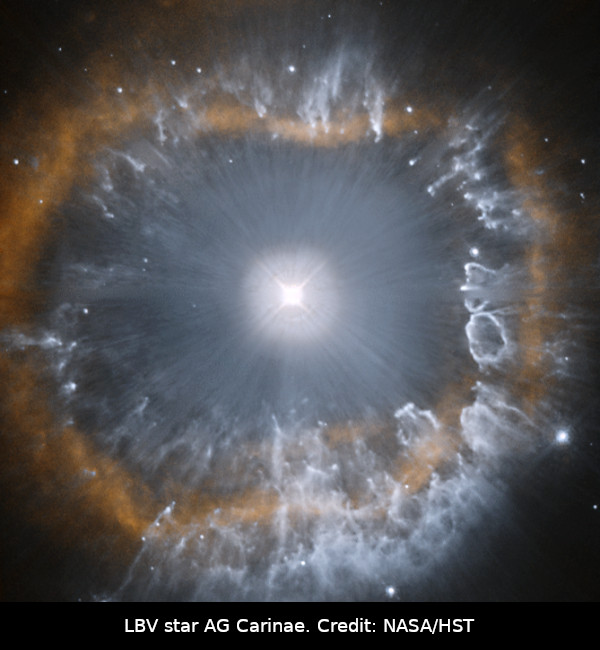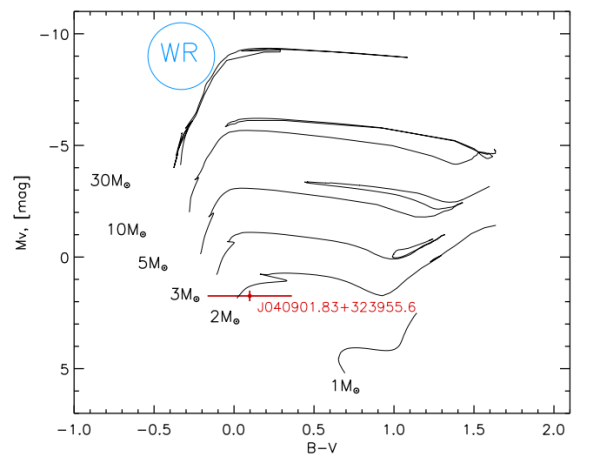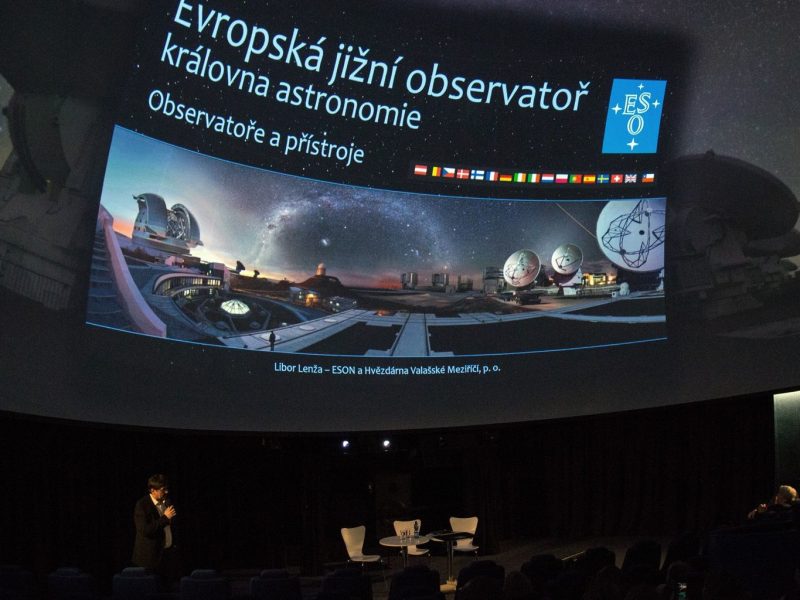ABSTRACT: ‘Luminous Blue Variables (LBVs) are massive stars that show strong spectral and photometric variability. The question of what evolutionary stages they represent and what exactly drives their instability is still open, and thus is it important to understand whether LBVs without significant ongoing activity exist, and for how long such dormant LBVs may “sleep”. In this article we investigate the long-term variability properties of the LBV candidate MN112, by combining its optical and infrared spectral data covering 12 years with photometric data covering nearly a century acquired by both modern time-domain sky surveys and historical photographic plates. We analyze the spectra, derive physical properties of the star by modelling its atmosphere and use a new distance estimate from Gaia data release 3 (DR3) to determine the position of MN112 both inside the Galaxy and in the Hertzsprung–Russell diagram. Distance estimation increased in almost two times in comparison with Gaia DR2. Due to that MN112 moved in upper part of the diagram and according to our modeling it lies on evolutionary track for star with initial mass M∗=70M⊙ near Humphreys–Davidson limit. Given the absence of any significant variability we conclude that the star is a dormant LBV that has been inactive for at least a century now.
More informatios at ASU page (in Czech)
Links
- Na čem pracujeme: Jak dlouho spí hvězdná modřenka? Michal Švanda
- O.Maryeva a kol., How long can LBVs sleep? A long-term photometric variability and spectral study of the Galactic candidate luminous blue variable MN 112, Montly Notices of the Royal Astronomical Society 513 (2022) 5752-5765, preprint arXiv:2205.14542
- Contact: Dr. Olga V. Maryeva, CSc., olga.maryeva@asu.cas.cz



